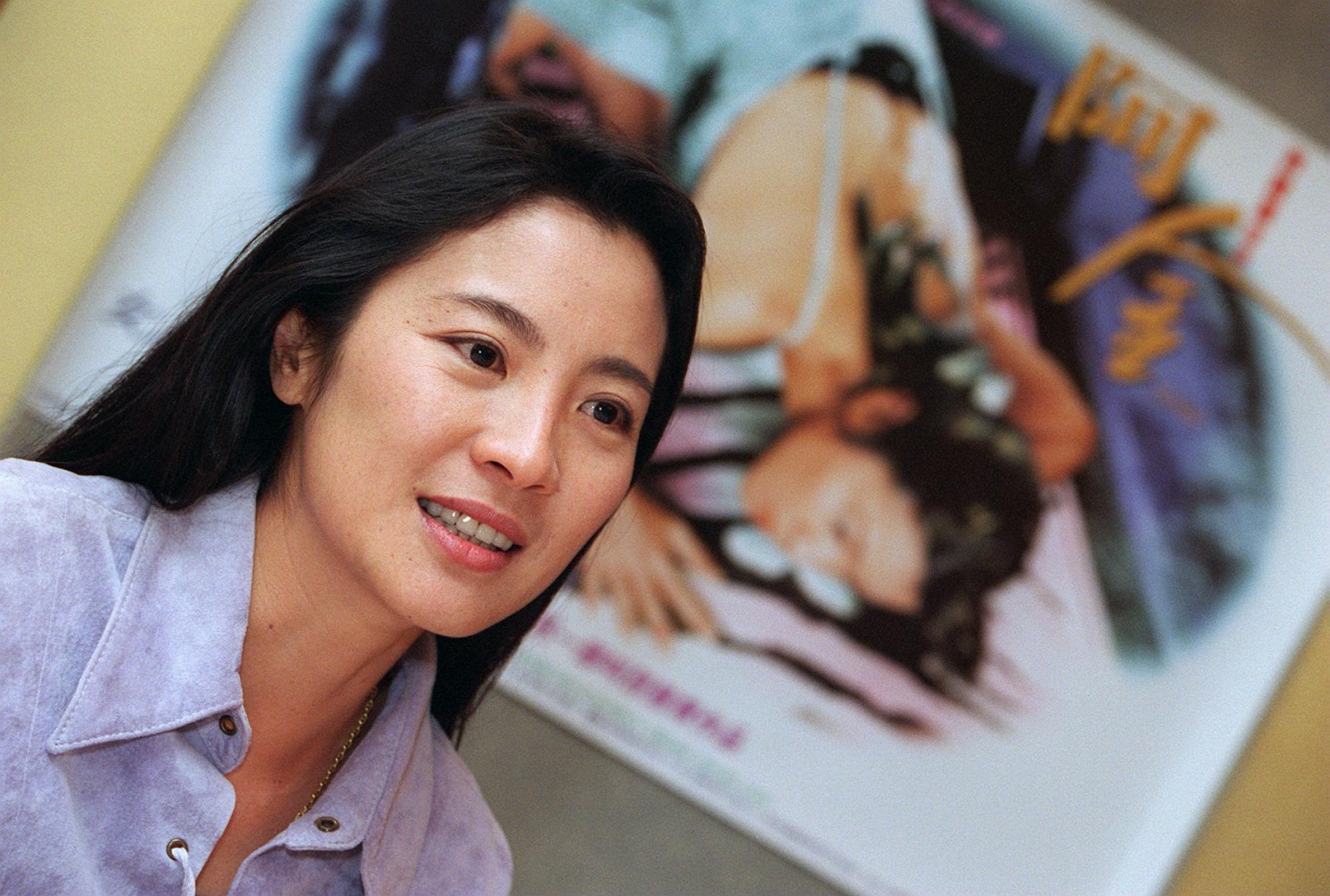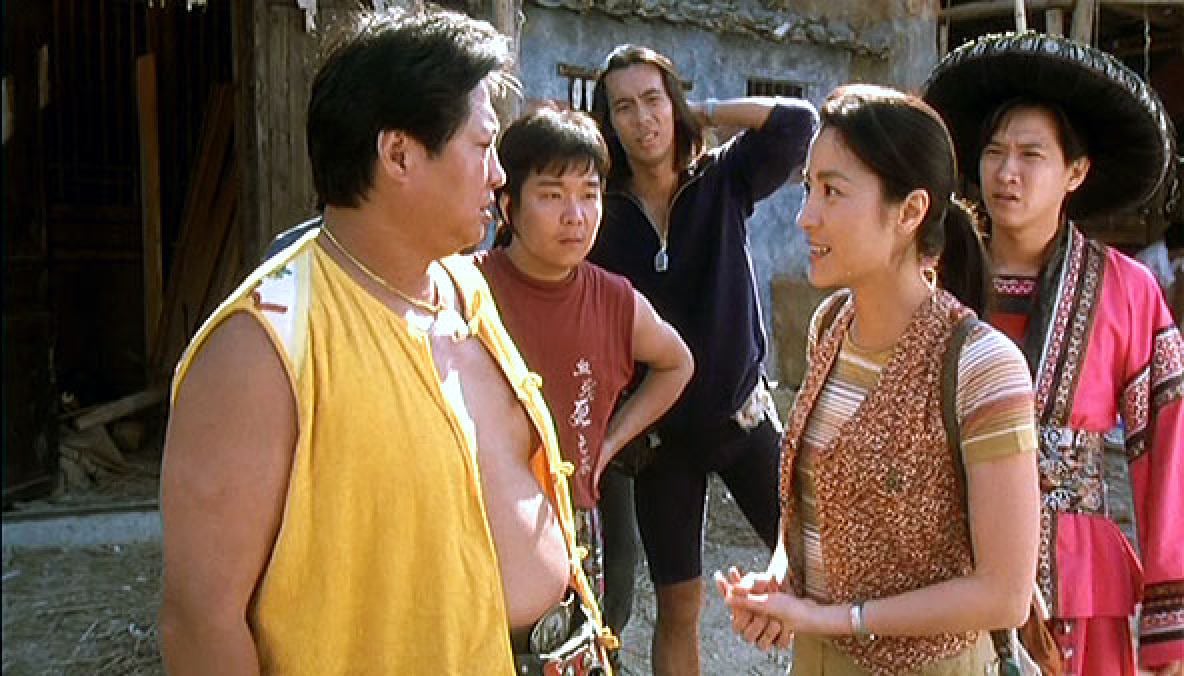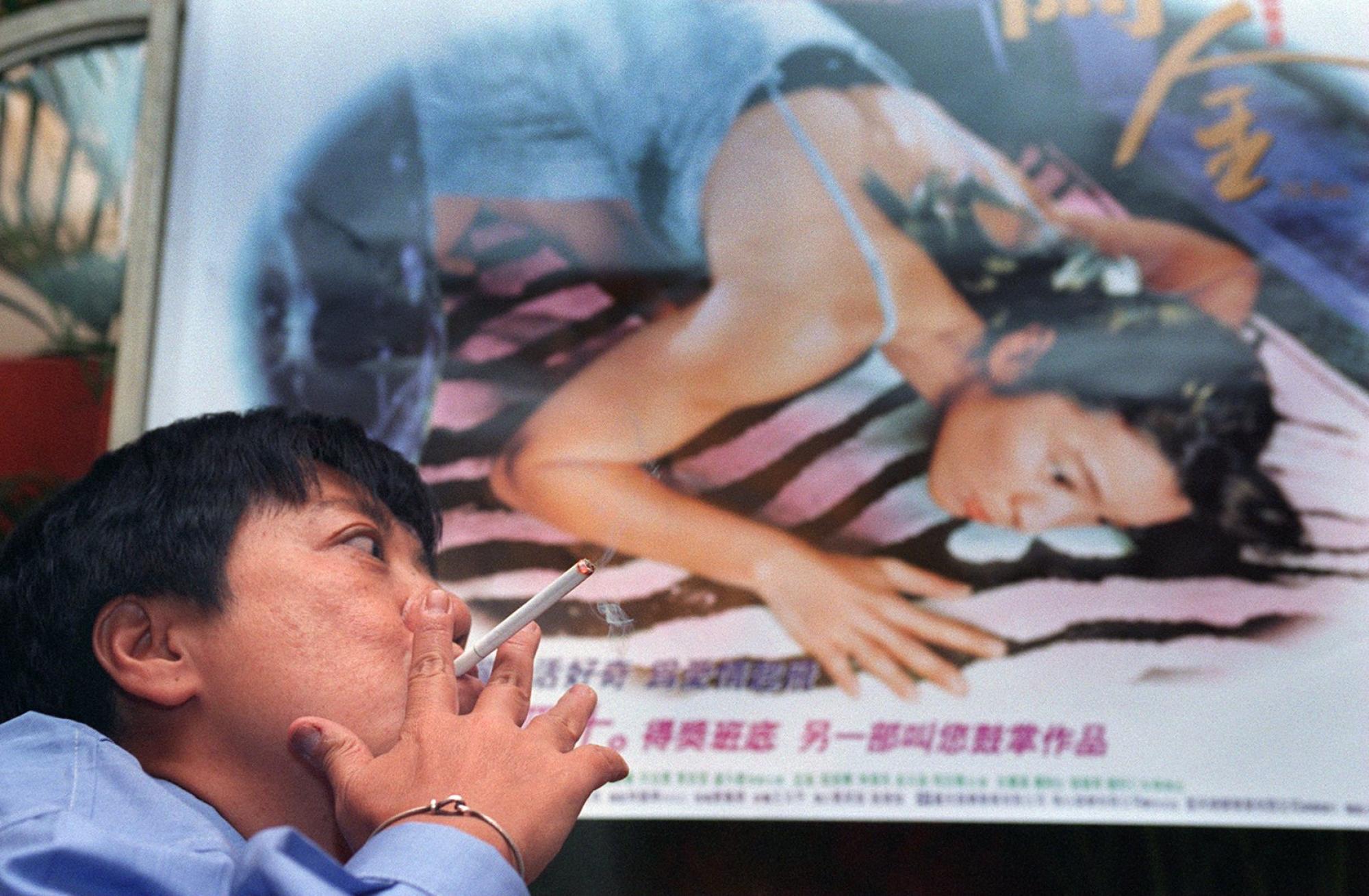
Ann Hui’s Ah Kam, starring Michelle Yeoh and Sammo Hung, and the accident Yeoh suffered on set that left director fearing she had broken her neck
- Ann Hui’s 1996 film Ah Kam, starring Michelle Yeoh as a stuntwoman and Sammo Hung as her boss, was overshadowed by a serious on-set injury Yeoh suffered
- Looked at now, its mix of realistic drama about martial arts filmmaking, melodrama, and triad action – resisted at the time – doesn’t seem out of the ordinary
Back in 1996 when Ah Kam came out, it was regarded as an anomaly by audiences.
What is more, Hui’s accurate “behind the scenes” look at the making of the costumed martial arts films which dominated Hong Kong cinema in the early 1990s remains fascinating.
“Hui has never tied herself to a certain style or specific genres – she moves nimbly between personal drama, horror, thrillers and more,” Tim Youngs, editor of the book The Television Works of Ann Hui, tells the Post.
“Ah Kam exemplifies not just how she jumps between totally different screen stories, but also how they can come together in a single picture.”
The film unspools in three parts. The first section is a close-up, realistic look at martial arts choreography in the 1990s.
The second part shows how Ah Kam leaves the stunt world to manage a bar in Shenzhen run by a new boyfriend.
The third, less successful, section plays out like a 1990s triad drama. Tung is killed by triads and his young son is kidnapped, so Ah Kam must use her martial arts skills to rescue him.

It was Yeoh’s idea to make a film about a stuntwoman.
The actress, who always tried to do as many stunts as she could, was part of the stunt world and she wanted to pay tribute to her stuntman colleagues, whose contribution to Hong Kong cinema she felt had been ignored.
Yeoh discussed the film with producer Catherine Hun and then talked Hui into directing it.
“You reach a stage in your career where you want it to mean something when you make something new,” she told the Post in 1996.
“The closest thing to me in my whole career has been the stunt people. They were literally the ones who took it to their hearts to teach me this form of movement.”
“The audience appreciates the actors, and they do work very hard and go through a lot of pain. But the stunt people and the co-ordinators who make it all happen are the unsung heroes,” she said.

Hui, who had made her own martial arts films, The Romance of Book and Sword and Princess Fragrance, aimed to keep the behind-the-scenes elements of the film realistic. The films-within-a-film are mainly period martial arts dramas, so there is a heavy focus on the wirework, a technique which makes the characters look like they are flying.
Off set, violent interference by triad gangsters drives the drama. The triads were heavily involved in film production in the early 1990s, as it was a lucrative business.
“I’m very satisfied with the behind-the-scenes stuff,” Hui told this journalist in 1996. “I filmed the crew as they were working as if I was making a documentary. So it’s real. We’re not showing entertainment that is not there.
“I know a lot of stunt people. I have always been interested in them – as far back as 1975, I made a television documentary about how stunts are done in Hong Kong,” she said.
Ching was behind much of the wirework, flying and explosions that dominated martial arts films in the 1990s, whereas Hung has a more grounded approach which focuses on real kung fu styles.

Hung did, however, choreograph a realistic fight in which his stunt team saw off some triads. “He’s such a pro,” Hui said. “When he did that scene, I wasn’t very satisfied – I told him it was too simple. He simply retorted, ‘Well, your film isn’t a kung fu film, is it?’”
The movie’s original release was overshadowed by Yeoh’s accident. In the film, Tung (Hung) asks Ah Kam to jump from a bridge onto a moving truck. She is nervous, so he shoves her. Tung is not satisfied with the shot and asks her to do it again, and she completes it successfully.
In reality, Yeoh fell awkwardly onto the boxes that were used to break her fall and seriously injured herself. Yeoh told the Post’s Winnie Chung that she heard a snapping sound and felt her feet fold up under her “like two pieces of wood snapping together”.

“I thought, ‘This is it,’ especially when you hear the sound resounding throughout your entire body,” she said. “That was a very nasty moment. There was so much pain that you can’t think of what the repercussions are.”
“The stunt should not have been dangerous, but she hurt herself very badly,” Hui told this journalist in 1996. “She landed on her head, and she should have landed on her back. She went vertically into a pile of boxes. At first, we feared that she had broken her neck.”
Yeoh has said the accident happened because she became distracted, but Hui said it might have been because the shoot was rushed.
“It wasn’t an unsafe stunt, but we were very hurried,” she recalled. “These things must be done with a lot of care. Usually, that scene – which involved a hideous amount of wires – would take a day to shoot, but we had to do it quicker. Everybody was tired, everyone was hurrying like mad.”
It is not a gratuitous move, Hui noted. “The film’s story is progressively going into unreality, so I felt we should put something real at the end,” she said.

Hui was not entirely happy with the finished film, noting that the triad section seemed out of place with the rest. The crew had complained about her first edit, saying that section looked like a different movie.
“My experiment had failed miserably,” she said, so she recut those scenes to make them look more realistic.
“The film’s up-close look at 1990s filmmaking nitty gritty is valuable today, but Yeoh’s accident hangs over the whole film,” Youngs says. “It’s easy to wonder how many of Ah Kam’s weaker scenes were quickly born out of necessity after the injury.”
In this regular feature series on the best of Hong Kong cinema, we examine the legacy of classic films, re-evaluate the careers of its greatest stars, and revisit some of the lesser-known aspects of the beloved industry.
